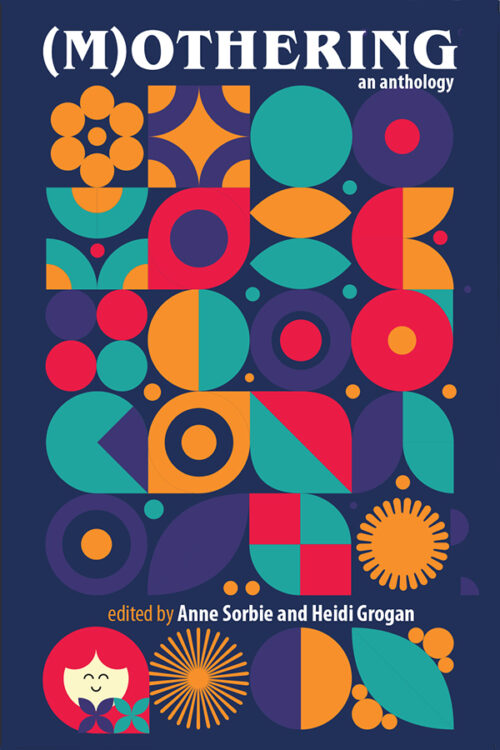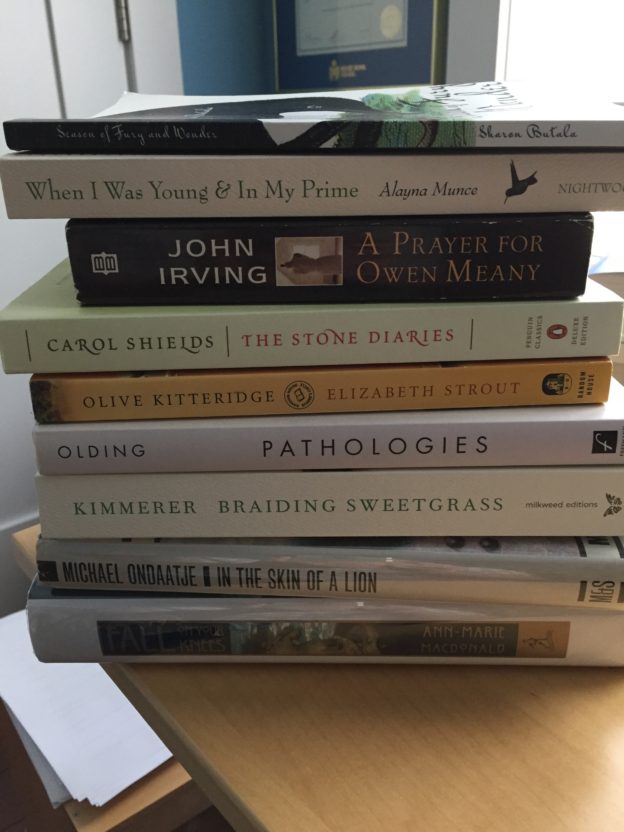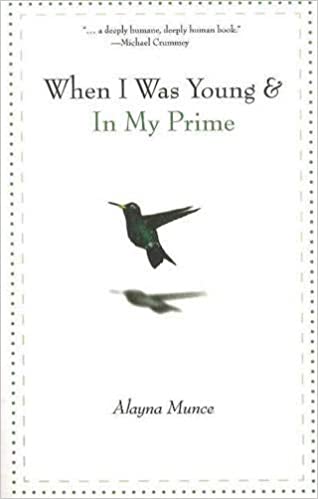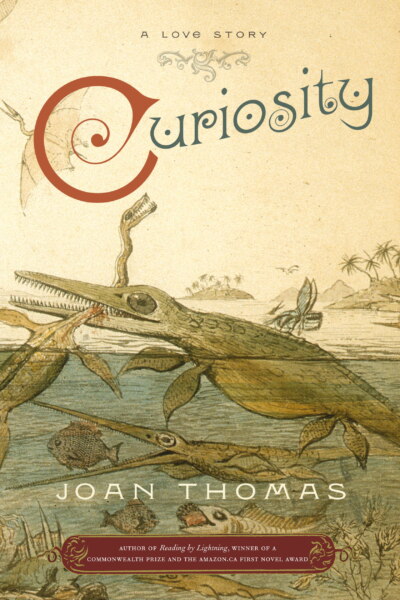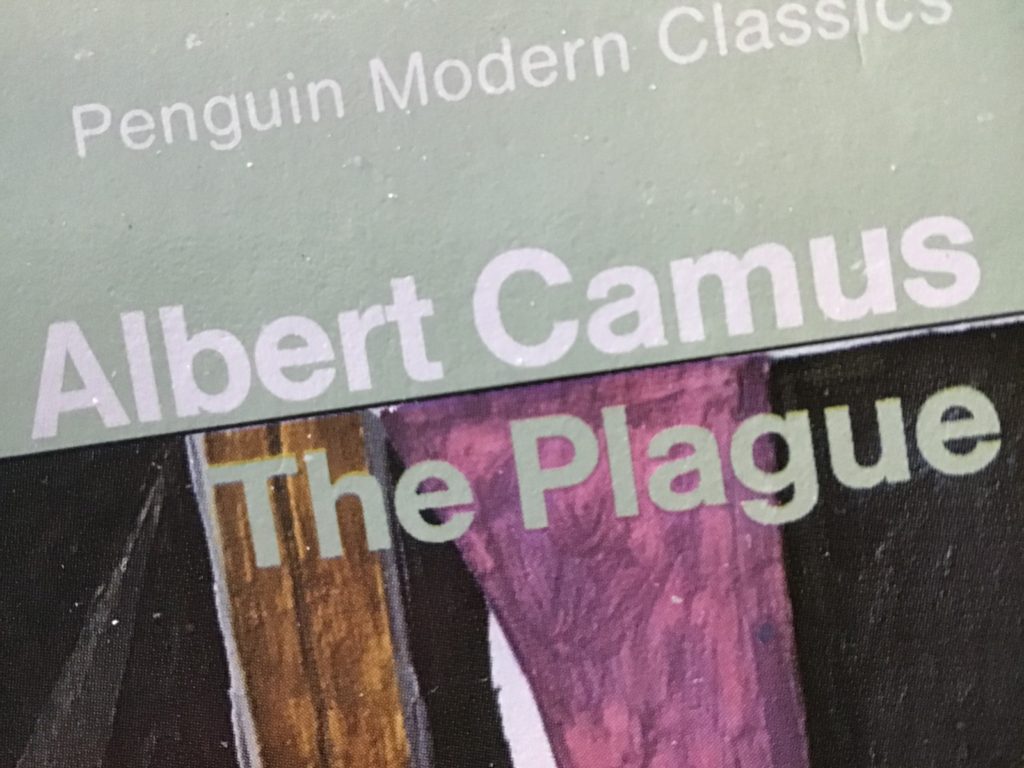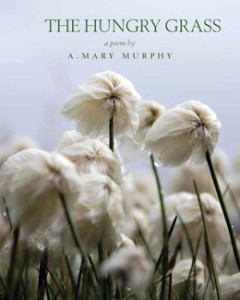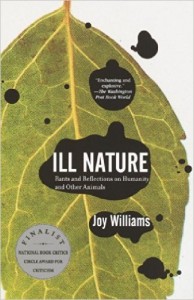I’ve been reading The Plague by Albert Camus. I’m reading the Penguin Modern Classics edition, translated from the original French by Stuart Gilbert. The parallels between the plague imagined by Camus and our pandemic today are not perfect, but they are striking.
As the plague begins, the people of the town of Oran are not taking precautions. The narrator notes, “Our townsfolk were not more to blame than others, they forgot to be modest—that was all—and thought that everything still was possible for them: which presupposed that pestilence were impossible.” (34) What an interesting word—modest. The narrator goes on, “They went on doing business, arranged for journeys, and formed views. How should they have given a thought to anything like plague, which rules out any future, cancels journeys, silences the exchange of views? They fancied themselves free, and no one will ever be free so long as there are pestilences.”
What a thought. Fancied yourself free, did you? A plague will put that to rest. So will a pandemic.
The last time the people of Oran said goodbye to their loved ones, their friends, their colleagues, or anyone at all, they had been quite sure they would see them again soon. They were “duped by our blind human faith in the near future and little if at all diverted from their normal interests” by early evidence of the plague. (57) Sounds familiar.
I can’t help wondering about my last leave-taking of my daughter. Was it good enough—that is, good enough to see us through our current exile? But how could it be? Love is an every-day thing, a minute-by-minute grace. It can’t be hoarded and then meted out by the teaspoonful, hoping to make it last until more love is available. It’s not like flour or bananas or toilet paper.
And that is why, perhaps, Camus philosophizes about the nature of love as the novel starts, about the very purpose of our lives. His townsfolk sleep-walked through their lives before the plague. “The truth is that everyone is bored, and devotes himself to cultivating habits. Our citizens work hard, but solely with the object of getting rich. Their chief interest is in commerce, and their chief aim in life is, as they call it, ‘doing buisness’. Naturally they don’t eschew such simpler pleasures as love-making, sea-bathing, going to the pictures. But, very sensibly, they reserve these pastimes for Saturday afternoons and Sundays, and employ the rest of the week in making money, as much as possible.” (5-6) And then they “fritter away” the rest of their lives at amusements. Perhaps his most damning condemnation of them is when he says that they “love each other without knowing much about it.” (6) The narrator takes pains to explain that, aside from some unique geography, the town of Oran could be any town in it’s banality and complacency. And so, Camus gives a description of all of us.
What really strikes me about the book is how well Camus captures the early days of the plague, days much like what we have been through in the past two months. The townspeople “were in a quite exceptional state of mind and, though in their heart of hearts they were far from recognizing the enormity of what had come on them, they couldn’t help feeling, for obvious reasons, that decidedly something had changed. Nevertheless, many continued hoping that the epidemic would soon die out and they and their families be spared. Thus they felt under no obligation to make any change in their habits, as yet. Plague was for them an unwelcome visitant, bound to take its leave one day as unexpectedly as it had come. Alarmed, but far from desperate, they hadn’t yet reached the phase when plague would seem to them the very tissue of their existence; when they forgot the lives which until now it had been given them to lead. In short, they were waiting for the turn of events.”
We all know people like this. The refuseniks. The ones who won’t socially distance. The ones who keep arranging dates on Bumble. Think of Georgia, reopening barber shops and bowling alleys. Think of the zombie-like crowd pounding on the doors of the statehouse in Columbus, Ohio, demanding…what? Demanding an end to the pandemic? Demanding their government ignore the pandemic and allow them to continue on with life as usual?
Camus saw it all, way back in 1947.
He writes, “At first the fact of being cut off from the outside world was accepted with a more or less good grace; much as people would have put up with any other temporary inconvenience that interfered with only a few of their habits, but, now they had abruptly become aware that they were undergoing a sort of incarceration under the blue dome of sky, already beginning to sizzle in the fires of summer, they had a vague sensation that their whole lives were threatened by the present turn of events, and in the evening, when the cooler air revived their energy, this feeling of being locked in like criminals prompted them sometimes to foolhardy acts.” (85)
Another startling correlation to today in The Plague is that those who speak truth, those who speak cautiously, those who ask for restraint, are condemned. As Camus notes, “there comes a time in history when the man who dares to say that two and two make four is punished with death.” (111) And so we see in our own time how the knives come out for the scientists. Dr. Tam is pilloried and subject to racist attacks. Why? Because she dares to say that two plus two equals four. Meanwhile, the provincial government sends out its recommendations in increments, afraid to be the bearer of the terrible news that, “No, school will not reopen this year.”
In terms of what the plague means, it has no clear meaning. If anything, it means “the same thing over and over again.” (134) Our days are the same, our activities limited. But if we are honest, weren’t they always? This is the point Camus makes at the start: we live repetitive lives, confined by the dictates of forces around us we fail to recognize. We swim in David Foster Wallace’s water and fail to even notice that we are drowning in it.
In the fictional plague, it seems that regardless of precautions, “sooner or later contagion did its work.” (145) I can’t accept the nihilism of that particular observation. We have proof already that we can limit the damage. But like the townsfolk of Oran, we whine. Can we re-open? Can we go back to normal. We assume, wrongly, that normal is there waiting for us. But normal is gone. Normal is something we can’t go back to. We behave like children in the back seat of the car, hitting our brother and whining, “Are we there yet?” No, we are not.
“The truth is that nothing is less sensational than pestilence, and by reason of their very duration great misfortunes are monotonous.” (148) It will not end soon. We are a year or more from a vaccination, if there ever is one. Meanwhile, as Camus says, “the only means of fighting a plague is–common decency,” which the character of the doctor describes simply as doing his job. (136) If there is one thing I believe in, it is common decency. So I must do my job. That is, stay in. Socially distance. Don’t whine.
We are a long way from the doom that ultimately descends on the townsfolk of Oran. After months of plague, “only shadows remained to them of what their love had been and meant, they now came ot learn that even shadows can waste away, losing the faint hues of life that memory may give…. In this respect, they had adapted themselves to the very condition of the plague, all the more potent for its mediocrity. None of us was capable any longer of an exalted emotion; all had trite, monotonous feelings.” (149)
The struggle, our sturggle, is not merely to remain indoors, to socially distance, to obey the best policies laid down by public health officials, (although that is a struggle to be sure). The struggle is to remember all that is truly good and important in life.
There were flaws in our lives before the pandemic. We were, as the townsfolk were, lost in some kind of neo-liberal fantasy. The bubble has been burst. The pandemic has shown us ourselves, our failure to care for the most vulnerable, the utter foolhardiness of our notions of economic strength. It has shown us what was wrong with how we were. As Camus notes, “destruction is an easier, speedier process than reconstruction.” (218) We took our normal lives apart fast–faster than any of us could have imagined. When we put them back together, lets all take care to ensure we build something we actually want. We have time–right now–to imagine what that might be. Let’s take it.

